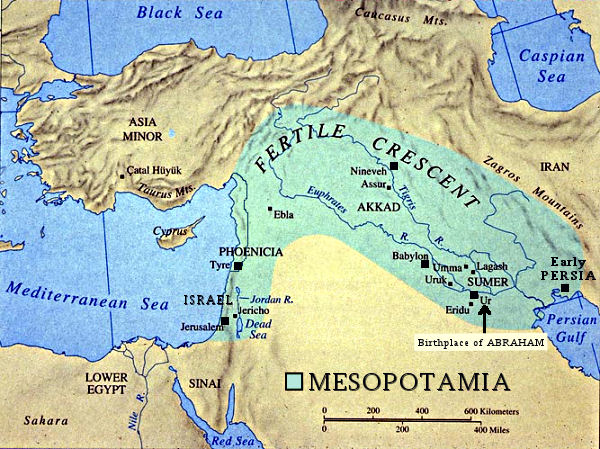Friday, January 30, 2015
Wednesday, January 28, 2015
1/28/15
Today in class we reviewed all of the information that is going to be on the test tomorrow. We also went over our power points where we researched Hammurabi's code.
Friday, January 23, 2015
1/23/15
Today in class we took more notes on Mesopotamia.
We talked about Mesopotamia population increased due to irrigation techniques.
How cities and towns were founded.
How there was better food storage for priests, tradesmen, artisans, politicians and farmers.
The kings emerged.
Sumerians created the early language we call "cuneiform".
a Patheon of Sumerian Gods and goddesses emerged, with many of the deities representing the natural elements of the world.
Sumerians first divided the hour into 60 minutes and the minute into 60 seconds: they also organized a calendar based on moon cycles.
the Ziggurat was a Sumerian temple built on top of a "mountain" of earth.
Civilization in Mesopotamia
Mesopotamia- the expansion
We talked about Mesopotamia population increased due to irrigation techniques.
How cities and towns were founded.
How there was better food storage for priests, tradesmen, artisans, politicians and farmers.
The kings emerged.
Sumerians created the early language we call "cuneiform".
a Patheon of Sumerian Gods and goddesses emerged, with many of the deities representing the natural elements of the world.
Sumerians first divided the hour into 60 minutes and the minute into 60 seconds: they also organized a calendar based on moon cycles.
the Ziggurat was a Sumerian temple built on top of a "mountain" of earth.
Civilization in Mesopotamia
- wandering nomads drove herds of domesticated animals in many areas, especially to the south of Sumer in Arabia
- King Hammurabi of Babylon created a series of laws known as "Hammurabi's code" - laws that included "an eye for an eye" and regulations of marriage, divorce, and punishments for all sorts of crimes.
Mesopotamia- the expansion
- Indo- Europeans were people from the grasslands of the Russian steppe who introduced the horse to the near east.
- the warlike Indo- European tribe known as the Hittites settled in Asia Minor.
- The Hittites had a lucrative trade in metals and conquered nearly all of the neighbors, even threatening Egypt
Thursday, January 22, 2015
1/22/15
In class today we took notes on "prehistory to civilization".
Here are some of the notes.
From prehistory to civilization
Here are some of the notes.
From prehistory to civilization
- the origins and "ages" of human beings
- 200,000 years ago a human species emerged in southwestern Africa
- 14,000 years ago a world wide human race existed
- earliest prehistoric age is the Paleolithic age
- Neolithic age was marked by advanced tool making and the beginnings of agriculture
- initially humans were parts of migratory groups which hunted animals for food.
- also known as the Neolithic revolution, this was a shift from itinerant hunting/ gathering to more permanent settlements centered on agriculture.
Wednesday, January 21, 2015
1/21/14
Today was our first day of West Civ. We walked in and picked our new seats and observed all the new people in our course. There are some people from my old class and many new people. We started off by Mr. Schick telling the new people about his website and the new things about his class.
It wasn't hard for me because already knew how to work my blog. I have a good feeling western civ is going to be an enjoyable class.
It wasn't hard for me because already knew how to work my blog. I have a good feeling western civ is going to be an enjoyable class.
- 3000-1200 BC
- 200,000 years ago humans were emerged in Southwestern Africa
- These people didn't look like those today
- They had long nails and a lot of hair they almost looked like animals
- 14,000 years ago a worldwide human race existed
- Paleolithic age is known as the old stone age
- Neolithic age is know as the new stone age
- this time was marked by tools and agriculture
- When people started working together and agriculture was developing was known as the Agriculture Revolution
- For the most men were hunters and the women stayed home with the children
- A hunter was really important they were thought as more important
- Villagers were polytheist
- The Fertile Crescent was the perfect place to have everything
- That place now is Syria and Iraq
- villagers were polytheistic they worshiped many God, human and animal
- Sumer was in between the two rivers
- population grew to new irrigation techniques
Subscribe to:
Comments (Atom)
